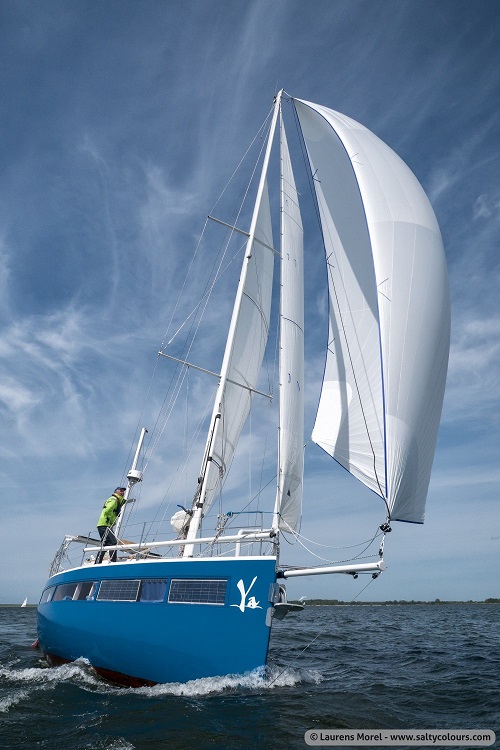The Ya has a Parasailor!
The Parasailor is the very solution if you want to make enough speed in an easy, comfortable way. You hoist it, unsniff it… and there you sail. Much much calmer than spinakers or genakers.
Now the Ya is able to get enough speed in light weather conditions, enough to make the Autoprops deliver electricity. This was our weak point and we solved it! Read this article if you want to know all details about the hydrogenation on the Ya.
Bruntons Propellors was willing to sponsor it, distributor Bomarine sponsored and last but not least, Van de Gruiter sponsored again with all necessary running rigging.
Vital villages: Calstock and Burdaard
On her trip through England, Ya landed in Calstock, just before the huge 19thcentury bridge over the river Tamar, some 12 miles upstream from Plymouth.

The first basic necessities for sailors are available: WIFI, fresh water, electricity and… friendly people.
Because the supermarkets had disappeared from this town, volunteers during COVID set up the Local Community Shop, to provide for the basic necessities for the villagers. It opens three times a week in the former townhall. They sell the products for reasonable prices or even for free, but you can leave a donation. The restaurants, pastie shop and therapy hub are open with measures for social distancing.
The management of Calstock Boatyard opened up the wharf for local artists and small entrepreneurs. One of them is Kim, who makes sustainable soaps, with pure oils and ingredients like walnutshells and salt. These artisanal soaps leave your hands cleaner and softer than antibacterial products.
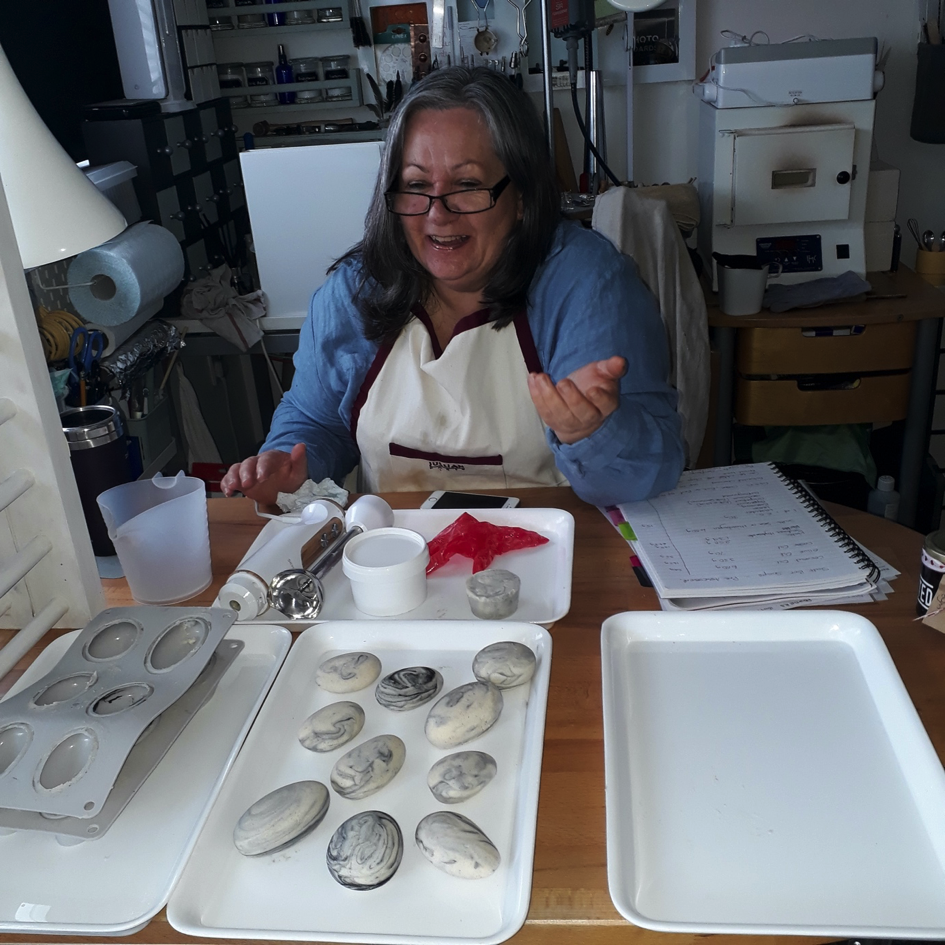
Visiting Calstock made us think of how vitality and sustainability are shaped in our hometown Burdaard, Ya’s first home harbor.
Some years ago, we were afraid of seeing the local supermarket disappear, but now Burdaard has two fine small supermarkets selling the best products from the region. And many other great small shops. The township and other parties organized initiatives in the field of sustainability like energy-checks for houses. Thanks to the new multifunctional centre Burdaard even has an indoor swimming pool. There is an internationally known museum of naïve painter Ruurd Wiersma.
Local entrepreneurs recently developed ‘Burdaarder Blond’. This special beer is brewed in a village nearby and its profits go back to the community. The beer even has its own website.
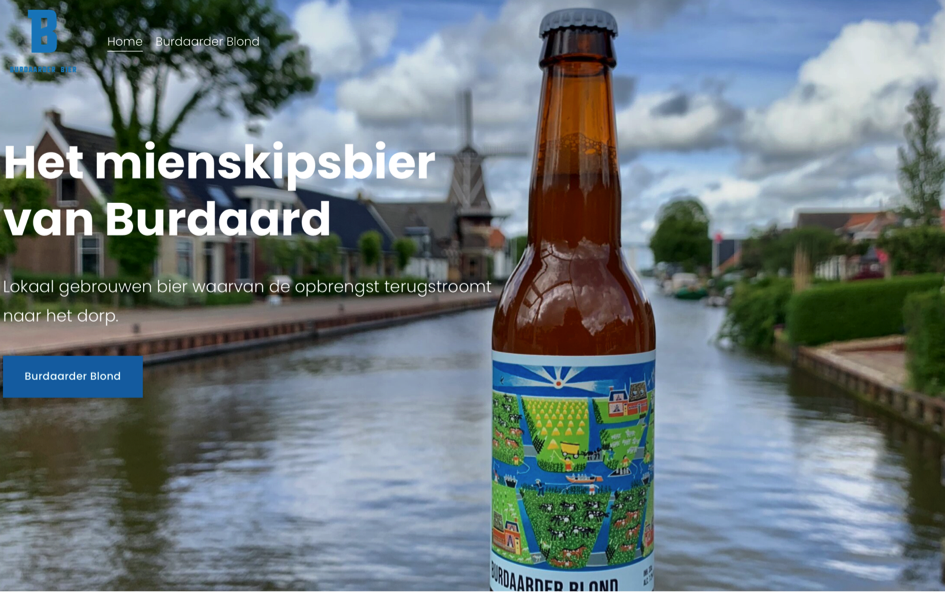
Burdaard and Calstock, both in their own way, manage to keep the village vital. With a keen eye for what is necessary, with pride and with local products and initiatives.
PredictWind sponsors Fossil Free Around the World.

The coming days will cross the Bay of Biscay, and then to Portugal. Click here to see where we are now
Sailing, farming, nature preservation
Philip Merricks is a sailor and a proud farmer who happens to know just about everyone meaning anything in the nature preservation in England. And in the Netherlands as well. Philip showed us around in Rye and shared his vision and contacts with us. He even found an aluminium welder for a small but necessary repair on the staysail’s boom. This remarkable farmer is also passionate about sailing. A strange combination? Philip does not think so.

Ya‘s philosophy
When he first saw Ya he exclaimed right away: ‘What a remarkable boat!’ And he kept coming back to discover more details of the design and ultimately also on the philosophy behind the design.
Elmley‘s philosophy
We found out this is where the philosophies of farming, nature preservation and sailing meet: Think carefully of what you need and then take care for what you use. Philip and his team want an economically sound company. And for continuity they want to preserve the breeding waders and wildlife in their part of Sussex and Kent. They manage their farm in a sustainable way and add hospitality to it, opening it up for camping and events. This way they introduce sustainability as a way of life to their guests as well. And they love it. All winners.
Sailing, farming and nature
What Philip and Peter have in common is; use what you need. You must now your objectives (in this case: a combination of sailing, farming and substainability),and then you take some radical decisions and make it work.

We invited Philip to sail the English Channel with us and had a great time, enjoying good food and traditional English treats like fruitcake and flapjacks. And perhaps because they sensed lots of love for the environment on the Ya, several smaller groups of dolphins accompanied the Ya for miles and miles and played around her. Thank Ya!

The Shower Check: save money and CO2
We were in the Medemblik marina , where the Ya always gets a warm welcome. We take showers there. Everybody takes a shower there. All together some 50 to 100 showers each morning. Although the Dutch heat efficiently on gas, an average Dutch shower brings approximately 1,5 kilogram CO2 into the air. When you use coal to heat, like in the USA or China, this can be triple! We shower a lot, so here is something to reduce. Use a checklist to reduce CO2 in your showers: the Shower Check.
The Shower Check applied
Peter made a checklist on what you can do to save CO2, and money. He applied it on the showers in the marina of Medemblik. Here you see the checklist and the results.
| Medemblik Marina Showers | |
| CO2/energy/money savers | Outcome |
| Throughput (flow) of the spray head | 4,4 ltr/min |
| Temperature | 41 degrees at outlet |
| Heating efficiency | 90% (on paper) |
| On/off button | yes |
| Automatic stop on e.g. 2 minutes | yes |
| Short hot water lines | yes |
| Heat recovery unit(s) | no |
| Sunboilers | no |
Peter put a bucket under the shower and let it run for exactly 1 minute. The Medemblik Marina showers are well adjusted. They managed to lower the flow to the minimum of 4,4 liter per minute. And still you have a nice shower. The temperature only could perhaps be lower; this saves CO2 as well. Directly after our feedback, the harbourmaster lowered it.
If you push the ON button, you shower runs for 2 minutes. Push again, and it starts again for two minutes. Luckily there is also an OFF button, when you want to stop. Many harbour showers have coin systems and then the shower simply continues, also when you are done. It runs only for the bureaucratic reason that you paid for a certain amount of time. It is a waste. Not in Medemblik. You get exactly the shower you need. This saves money and the showers are free (the coin system would only make it more expensive).
What the marina does not have is a heat recovery unit. This installation reuses the heat from your wastewater to heat to your fresh shower water. This saves a lot, but it should be built in when they rebuild the showers. This, together with some sun boilers on the roof, would easily make the showers fossil free, and cheaper on the long run. The harbour master explained that the steep roofs do not allow to get enough sun there. The roofs must be rebuilt then
Generally, the fossil fuels used, are reduced to the minimum. It is the main prayer of the Fossil Free Around the World project: “Three things: (1)Use only what you really need, (2) use only what you really need, and (3)use only what you really need.”
The whole installation is as ecological optimized as one can with the conventional equipment. If Medemblik marina wants to save more, structural decisions have to be made.
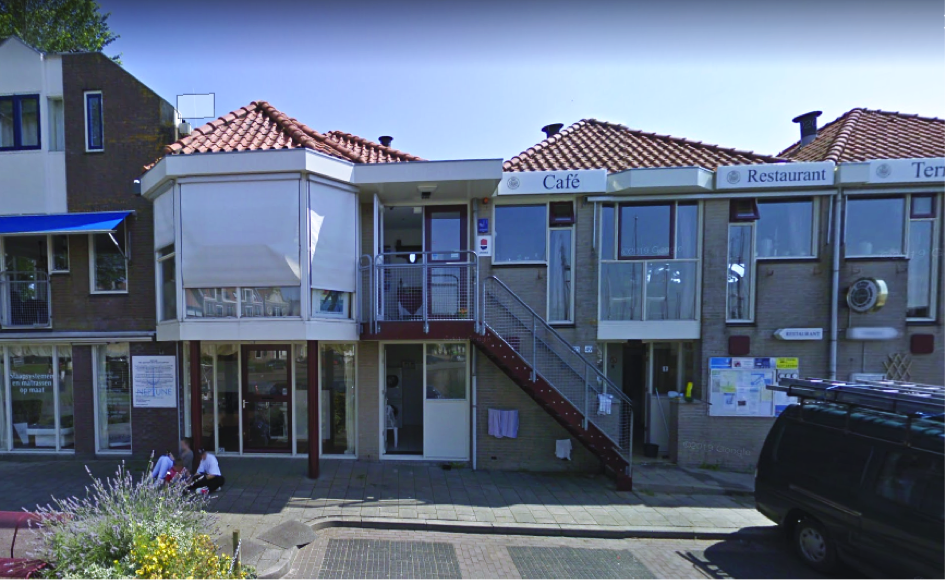
How you save CO2- money- and energy
You can use the Shower Check to reduce your own CO2 en money emissions.
First, you can minimize the flow. In stead of a big, wide spray head creating a rain shower of about 10 or 15 liter per minute, you simply buy a so called ‘sport spray head’. These do not cost much and give a pleasant flow of about 5 liter per minute.
Second, you can reduce the time of your shower. The average shower is 9 minutes. This is not necessary (and it is also not healthy for your skin, you might give that some thought).
Heating water means combusting gas, oil or coal. Medemblik Marina uses a gas combustion heater, with an efficiency of about 85%. But there are heaters that do over 90%.
If you have the money, install one or two sun boilers on your roof. Better put your money there than on a bank. And you shower fossil free!
Ya meets soulmates from Sailink
We are on our way on our Fossil Free Around the World-trip! On Ya’s first night in Rye, UK, we met Jim Duerden of Mago Merlino and Andrew Simons of Sailink.
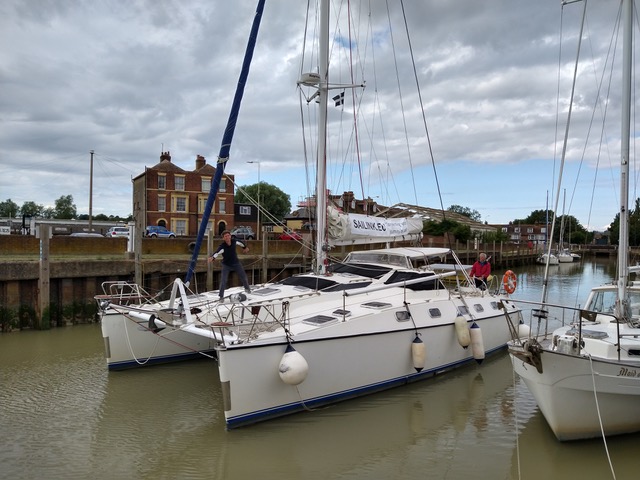
We found out we have mutual friends: the Tres Hombres. Andrew actually works on the new project, the Ecoclipper. During a great Moroccan-style diner to which we both contributed, we discussed our plans for the future. Andrew got the briljant idea to set up a new way of connecting people and places through sailing. He found Jim, a skilled sailing instructor and one of the few to teach on Catamarans also enthusiastic for the project. What could be nicer than travelling from the north coast of France to the south coast of England by sail? They are looking for ways to have a regular schedule so it gets really easy to book for the trip as well. Check them out at www.sailink.eu!
In Rye, to our great delight, we also met with our friend Philip, who sailed with us to Calstock. We’ll tell you more in one of our next blogs.
The Ya departs
Brunton’s Propellers sponsors with the Parasailor for the Autoprops

We are very glad that Brunton’s Propellers contributes to the fossilfree world tour. Two of their Autoprops are under the ‘Ya’. These propellers are the solution, first to get the most efficient generation to the dynamos. Secondly, they are very efficient when we use them for propulsion, far better than most props. And third, when we don’t use them, they automatically go in the feathering position and give the least resistance.
The Autoprops are extremely efficient, in propulson and generation. They make the hydrogenation work on our 34 feet sailing yacht. In light winds the Ya simply sails to slow to make any prop work, even the Autoprops. The Parasailor is big, steady an reliable sail that will solve this problem. With its special wing it is an innovation. Laurens Morel is invited to make pictures of the Ya sailing the Parasailor. We will keep you posted.
From Duurzaam Jacht to Fossil Free Around the World
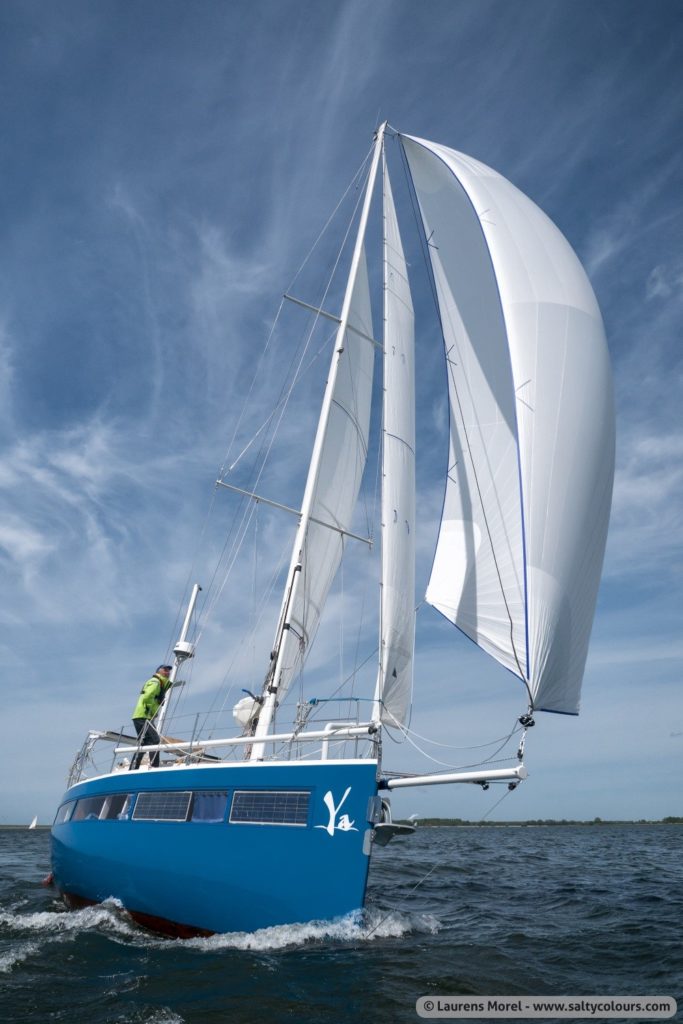
Once upon a time, it was far far away, in a tiny little country called The Netherlands, there was a sailor who wanted to build a yacht that could sail self-supporting. Be off grid. Endlessly. No diesel needed. No petrol, no gas, just by generating your own energy. No water from hoses ashore, but rainwater caught by the deck. Living by the wind.
He gathered some enthusiastic people. They formed a team. Sponsors supported the project. All of this happened in the Netherlands. A ‘Duurzaam Jacht’ (Sustainable Yacht) was designed, developed and built. Hi-tech and low-tech, and everything ‘from the shelf. So many people followed this. This stage ended by baptising the Sustainable Yacht and she was called ‘Ya’.
The Ya drew a lot of attention, of people and press. Every Dutchman, sailor or landlubber, wanted to know how it was done. The Ya became a real demonstration yacht. She was invited to boat shows, events, conferences, and also to the international Dutch Maritime Museum in Rotterdam. This yacht has demonstrated successfully that everybody can sail a sustainable yacht and any wharf can build it. Over and over. It is time for a new phase.
From a demo yacht the Ya has grown to a fossil free sailing globetrotter. The Ya sails from the Netherlands to Mother Earth, by sailing her around. Summer 2020 the yacht will sail fossil free around the world and continues doing so till 2025. On every shore we exchange tips and tricks about sustainable living, because there is still an awful lot to learn. We are looking for local projects. Please mail us if you think of a possible one.
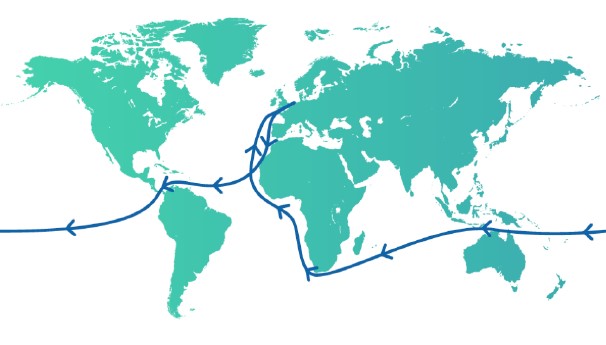
We also have a growing international interest. So we switch our communication from Dutch to English. We created the website www.fossilfreearoundtheworld.org. Have a look around. Please contact us if you have questions or you want to know about details.


